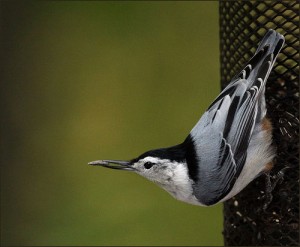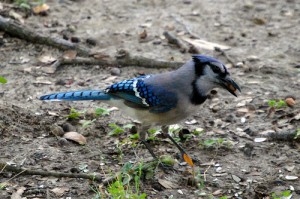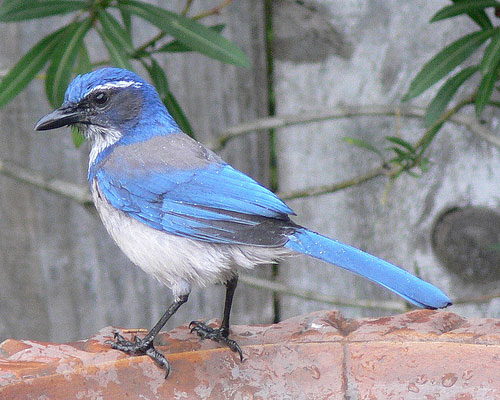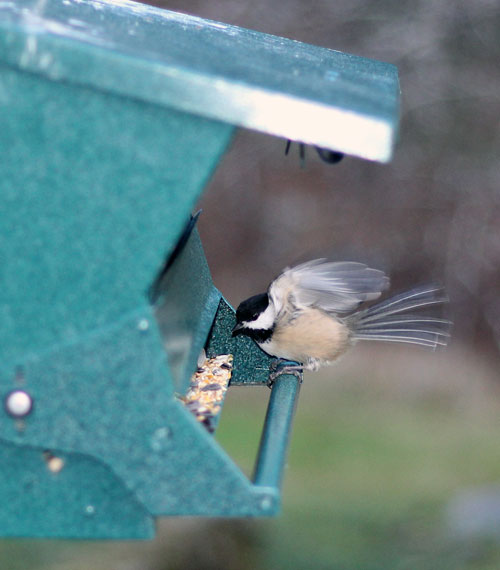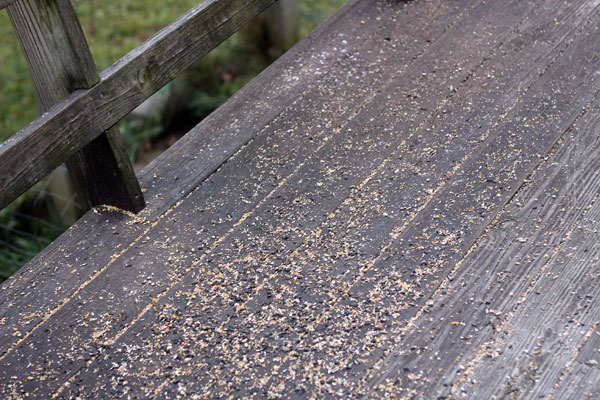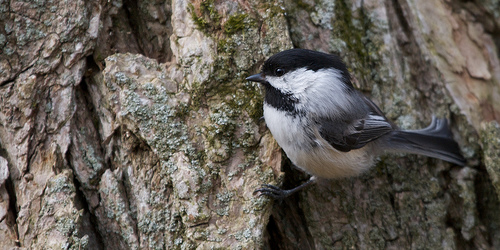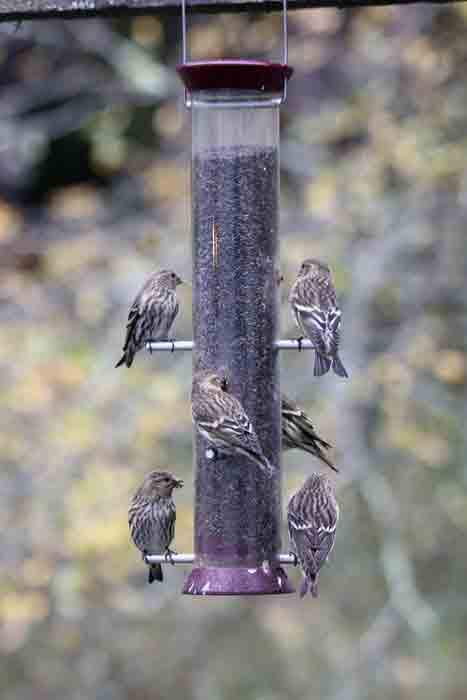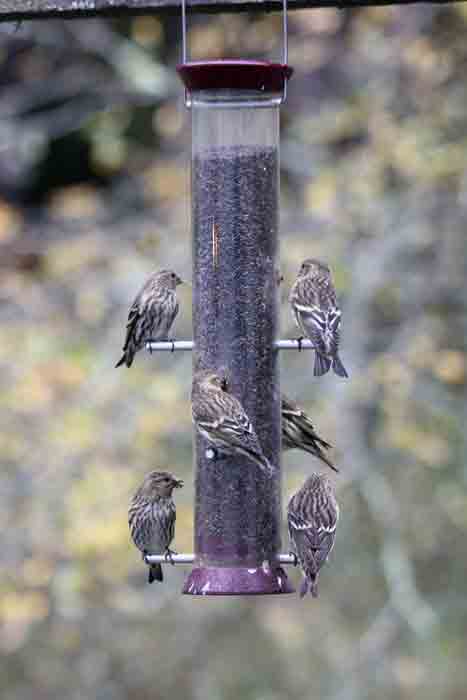Buttoning up windows for winter is great for energy conservation but no longer can you hear the “toot” on the Red-breasted Nuthatch or the chatter of Common Redpolls. Rich Guthrie, who write a great birding blog, discovered a simple solution to this dilemma several years ago. He writes:
By putting a baby-room monitor outside, I can listen to those sounds – even as I sit here at my desk, day, or night.
Now I can hear the distant Pileated Woodpecker calling from the island across the way, or the nuthatch taking another sunflower seed from the porch feeder. What a delight!
The set-up consists of plugging in the “baby” part outside, and the mommy listening device inside. Fortunately, I have a covered porch so I can keep the thing out of the weather.
These monitors are fairly common at yard sales or thrift shops and come cheap. I wouldn’t lay out more than $5.00 for a set.
As a different dimension to my yard list, I should have kept a list of the many different species I’ve heard and identified via the monitor. But I already know that the list is long. I can recall hearing Snow Geese flying over in the dark of night or picking up on the flight calls of flocks of Brant winging up the river. There’s a flock of Canada Geese that comes in to the same beach each evening – usually just before dark. I get to hear them now and then through the night. Other nice nighttime revelations picked-up include Screech or Great-horned Owls hooting, coyotes singing away, or raccoons squabbling in the dark.
It’s so nice to be here in the comfort of home and share the joy of a melodious Song Sparrow welcoming the warmth of sunrise on a frosty morning. Or to learn that a flock of siskins has decided to stop in for a snack.
Cornell Project Feederwatch folks wrote:
Steve Maley, a master Jack-of-all-trades and volunteer at Braddock Bay Bird Observatory, suggests rigging up a baby monitor for a low-cost solution that lets you hear the birds all year long.
Steve writes, “Cold weather has come to Rochester, NY, the windows are closed, and the bird hordes come to the feeders. Your home insulation keeps you warm, but silences the noisy blue jays, the woodpecker calls, and the goldfinch chatter. But you can still enjoy those bird sounds from your warm living room. Pick a window with a good roof overhang, and hang a $20 baby monitor outside near the top of the window. The receiving unit can go inside wherever you want to hear the birds. Plug in the 9 volt DC transformers, turn on both units, and once again enjoy hearing the birds from inside your living room or kitchen. My monitor has been on since last spring, and the receiver gets turned on only when I want to enjoy ‘being outside’ to hear the birds.”

